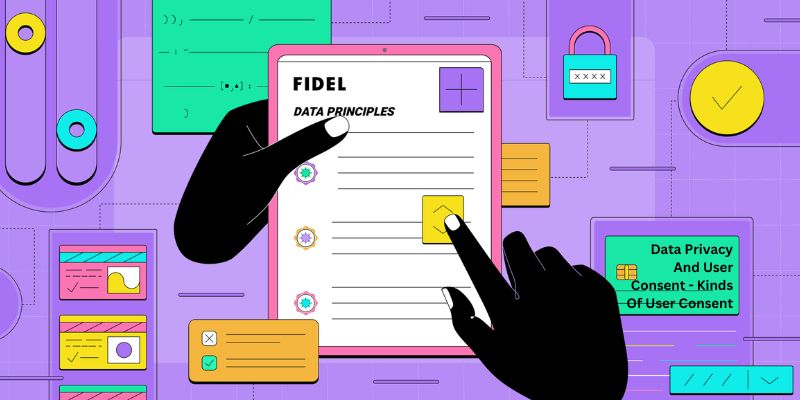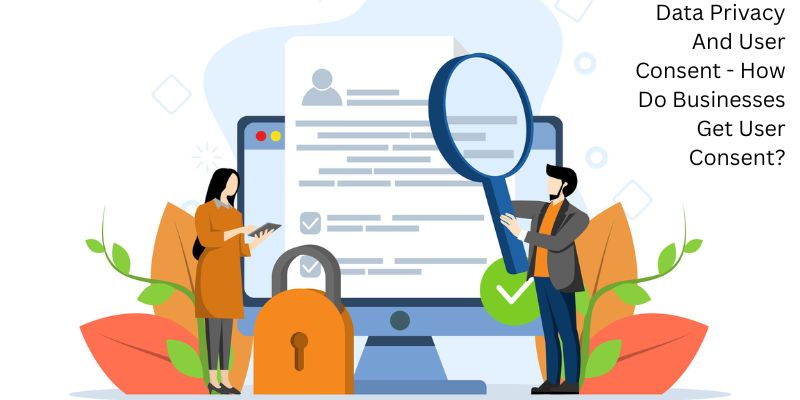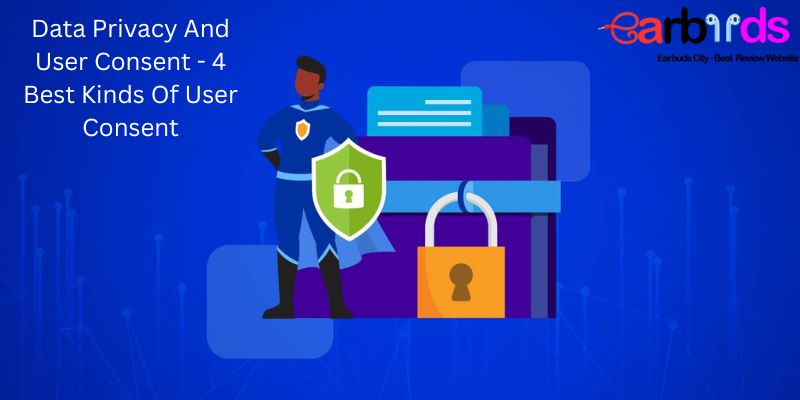In today’s digital age, where technology is constantly evolving, the topic of data privacy and user consent has become more important than ever before. As we navigate the vast online landscape, it’s crucial to understand the implications of sharing personal information and the significance of obtaining user consent. In this blog post,earbudscity.com will delve into the complexities surrounding data privacy and user consent, shedding light on the various aspects that shape our digital experiences. So, let’s embark on this journey to explore the intricacies of data privacy and the significance of user consent in our interconnected world. Stay tuned for insights and perspectives that will empower you to make informed decisions about your digital footprint.
1. Data Privacy And User Consent – Why Is User Permission Important?

For a number of reasons, user permission is essential. It enables you to gather and utilize data in an ethical manner while guaranteeing consumers that their privacy is maintained.
You may also make sure they are abiding by regulatory obligations like the GDPR and other privacy regulations by gaining user permission. Additionally, obtaining user consent builds client trust, which improves customer service and increases customer satisfaction.
User permission also contributes to data security by allowing consumers to determine how their personal data is used. Users have more access to information about how their personal data is being used when you explicitly get their consent before collecting or using it.
If you are interested in similar topics, you can also refer to Data Privacy And Personally Identifiable Information (PII)
2. Data Privacy And User Consent – Kinds Of User Consent

A key component of privacy laws and regulations across the world is user consent. Organizations can request many kinds of permission from their users. Here are a few illustrations:
- The most typical type of user consent is expressed consent. This happens when a user voluntarily consents to your business collecting and using their personal information. You can get it by opting in or by accepting the terms and conditions.
- Implied consent is the kind of consent that may be inferred from a user’s actions, such using a website even after being asked to read a privacy statement.
- Opt-in consent is a type of explicit consent in which the user voluntarily agrees to the collection and use of their personal information.
- Opt-out consent: In this sort of consent, consumers are given the opportunity to refuse the collection and use of personal data, but they must voluntarily do so.
You must be aware of the particular form of user permission required in each circumstance. To guarantee that the proper form of permission is obtained from users—which has ramifications for both legal compliance and user trust—make sure the appropriate type of consent is requested from them.
3. Data Privacy And User Consent – Optimal User Consent Procedures
To adhere to the best consent practices, you should take a number of actions. The following points should be remembered:
- A clear and informed permission should always be given. Before giving their approval, users should be fully informed about how their data will be handled.
- Ensure that users have a simple option to revoke their permission at any moment. As a result, users are guaranteed the ability to withdraw their authorization at any time.
- Make careful you get consent for all data processing procedures. Make sure you are getting permission before engaging in any activity that makes use of personal information.
- Keep a record of user approval. To make it simple to access in the future, you should preserve a record of the dates and methods by which users granted their authorization.
- Be open and honest when making modifications to privacy or terms and conditions. Users should be informed explicitly and in advance if there are any changes to a company’s privacy policies or terms and conditions so they may take any required action.
4. Data Privacy And User Consent – How Do Businesses Get User Consent?

There are various ways to get someone’s permission. Making it simple for consumers to consent includes employing opt-in forms, checkboxes, and other tools. Additionally, you must be very explicit about who will have access to the data and how it will be utilized.
Additionally, you must make sure the permission procedure is user-friendly and utilize simple language. This involves making sure it can be finished swiftly and simply without requiring visitors to read through lengthy passages of text or switch between other web sites.
Finally, you must be sure to contact users after gaining their permission. This can entail sending an email to the user to confirm their consent or giving a link to the terms and conditions or privacy policy. This will make it easier for consumers to obtain this information later if necessary and ensuring that they understand exactly what they are providing permission for.




